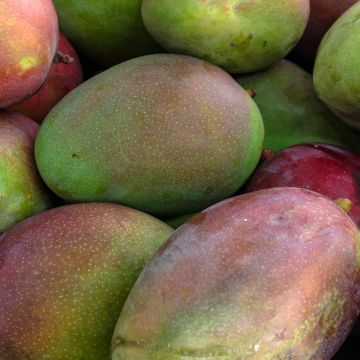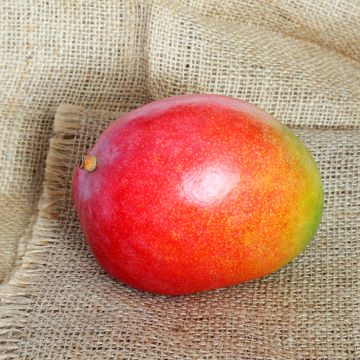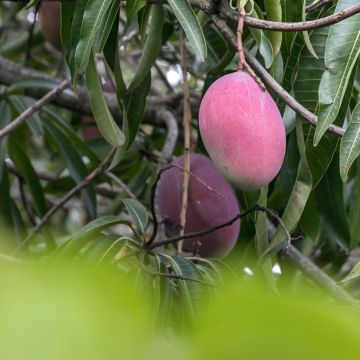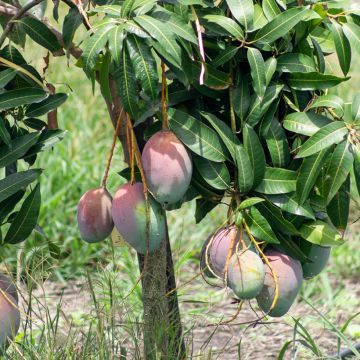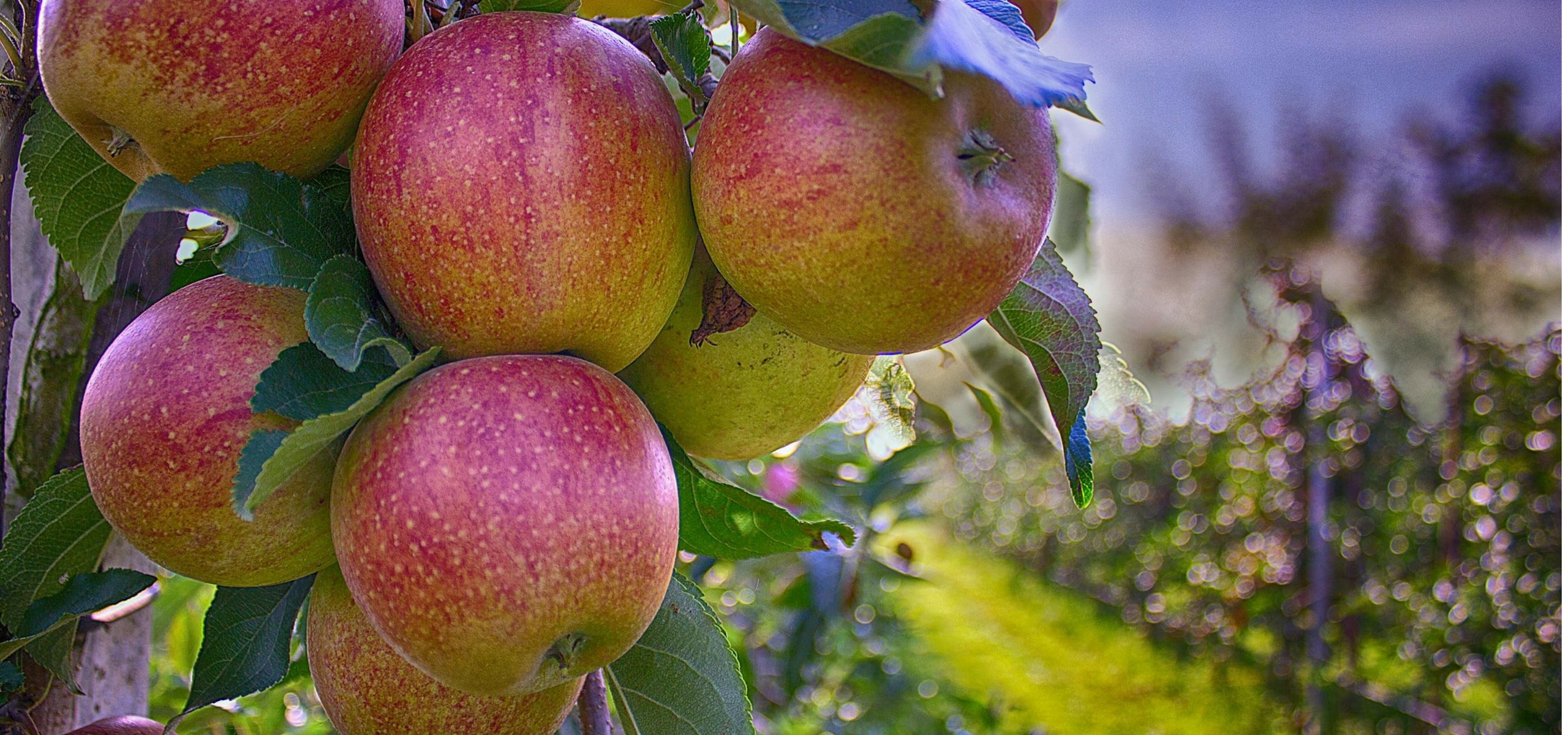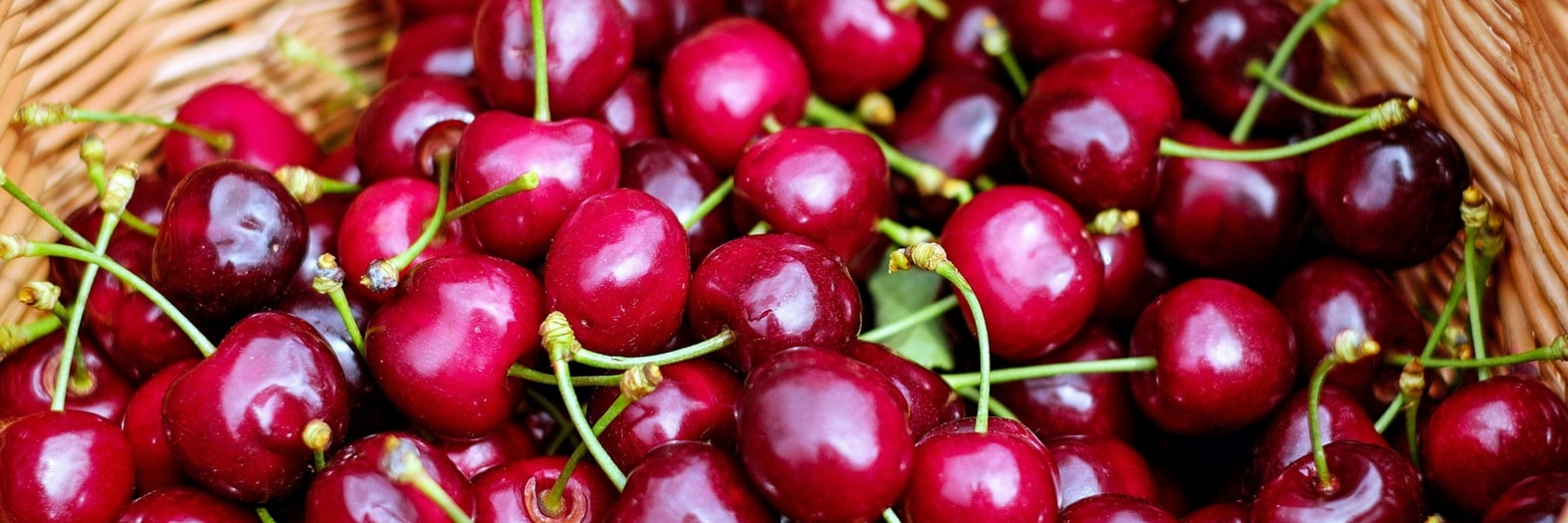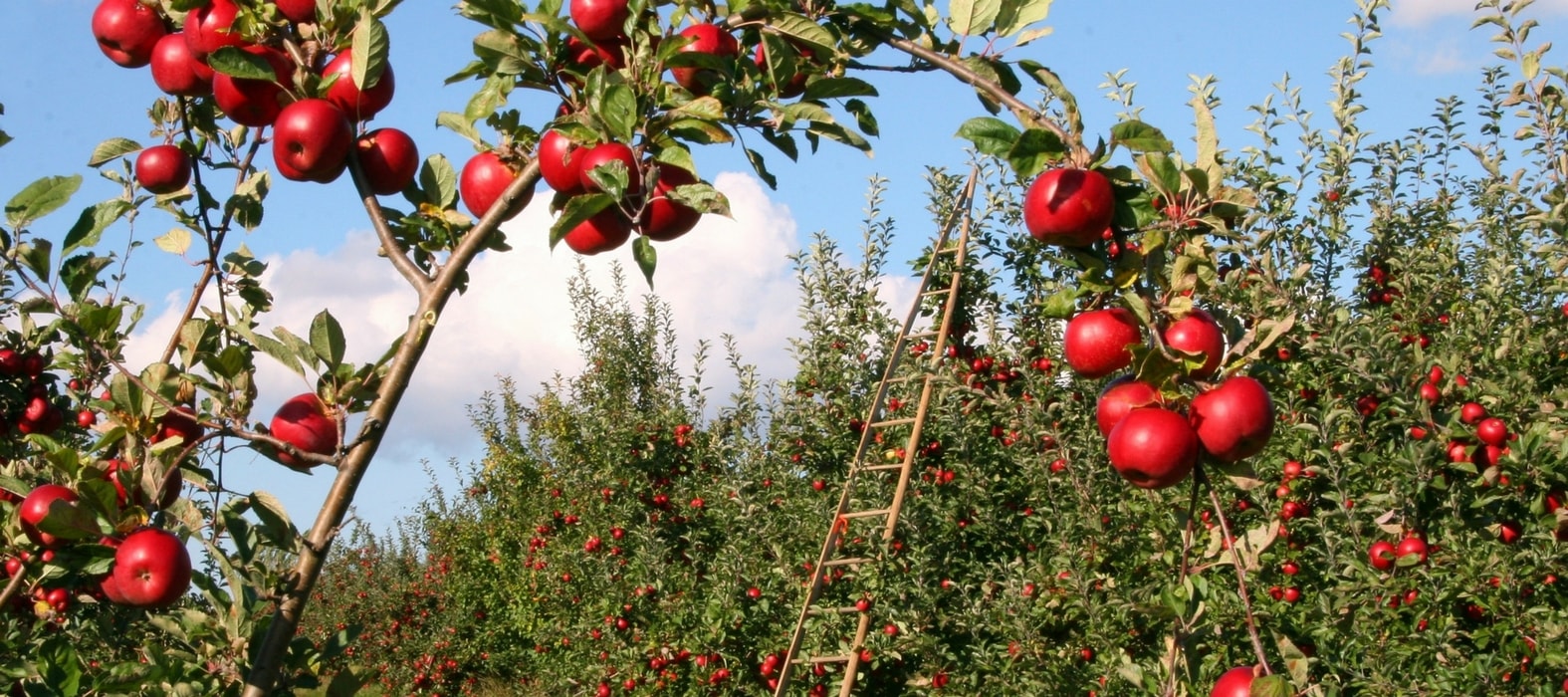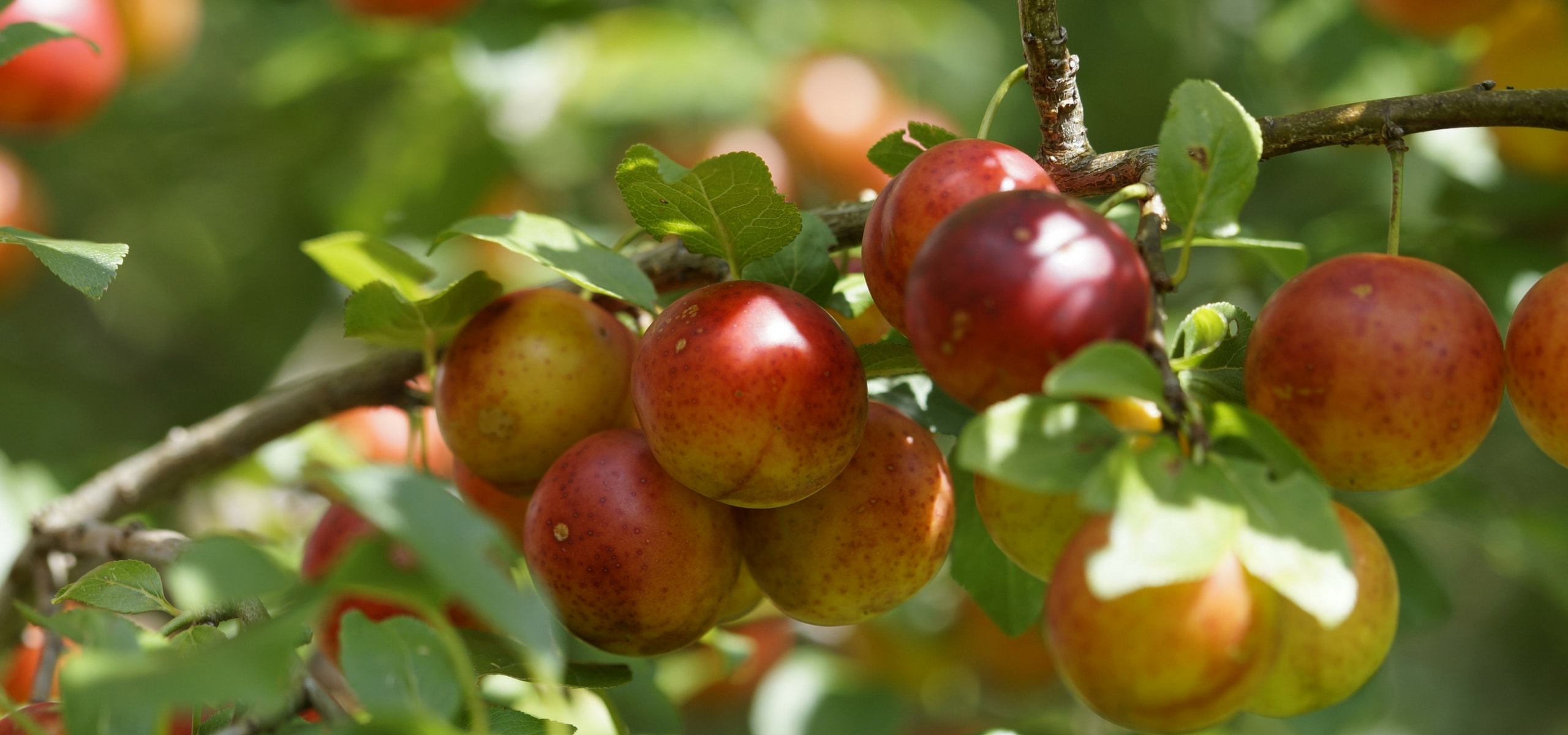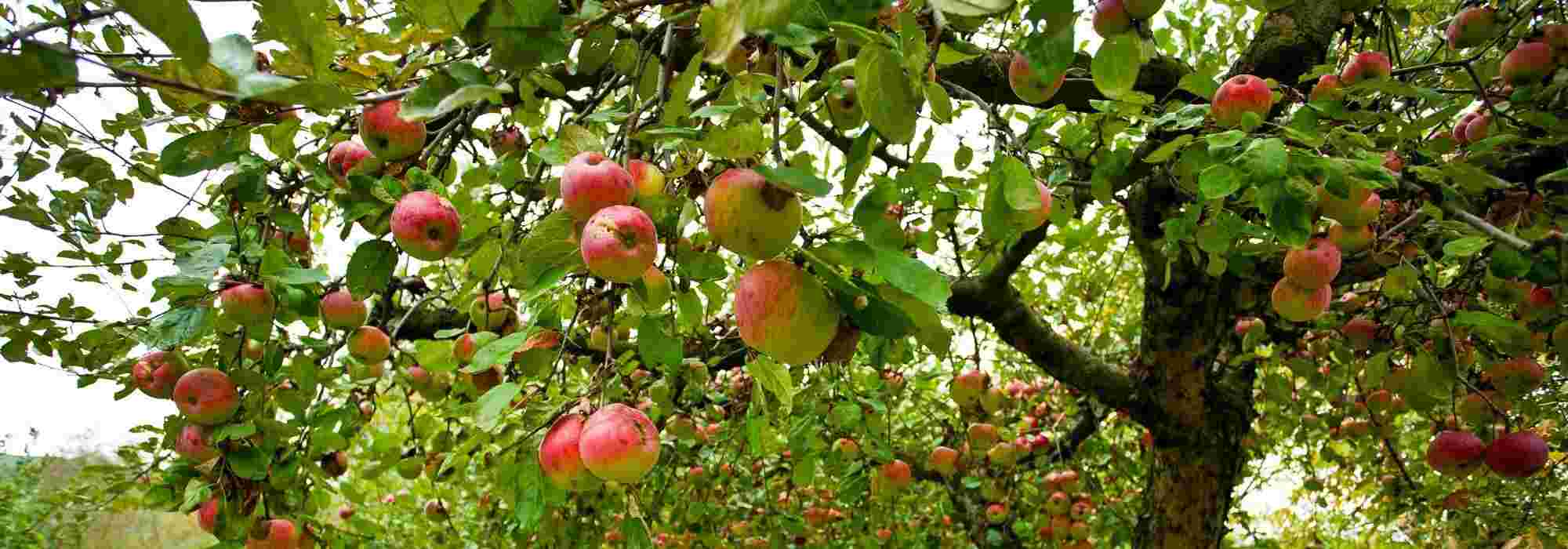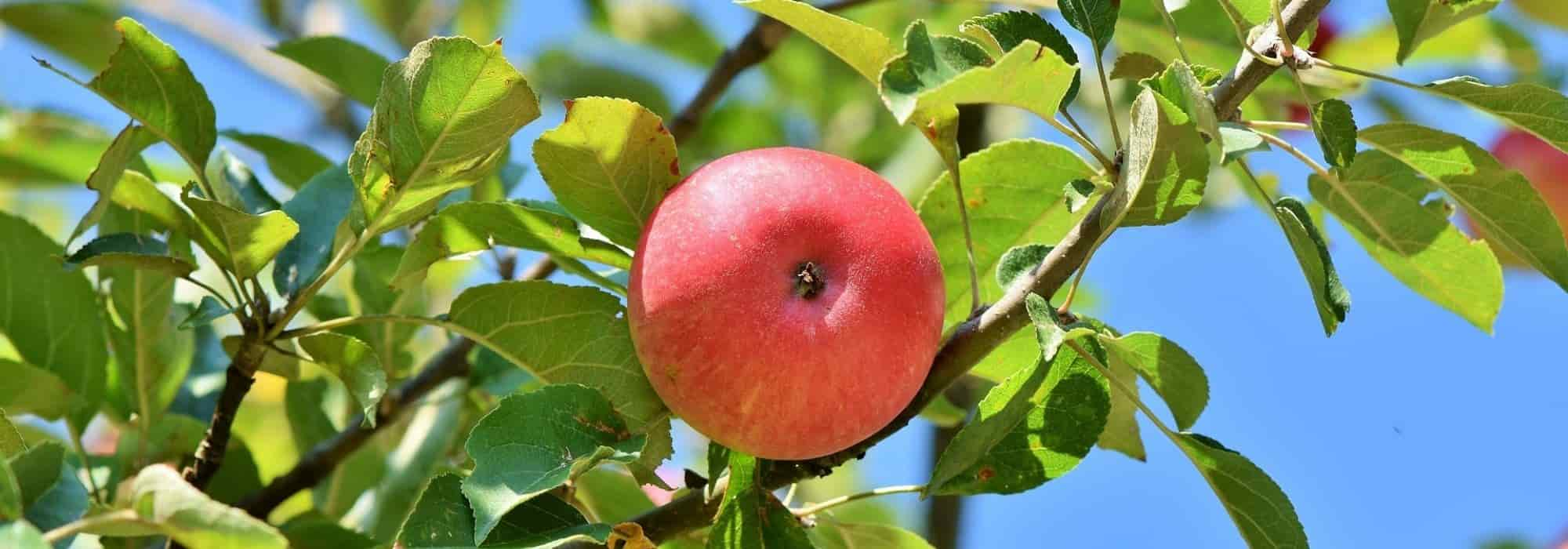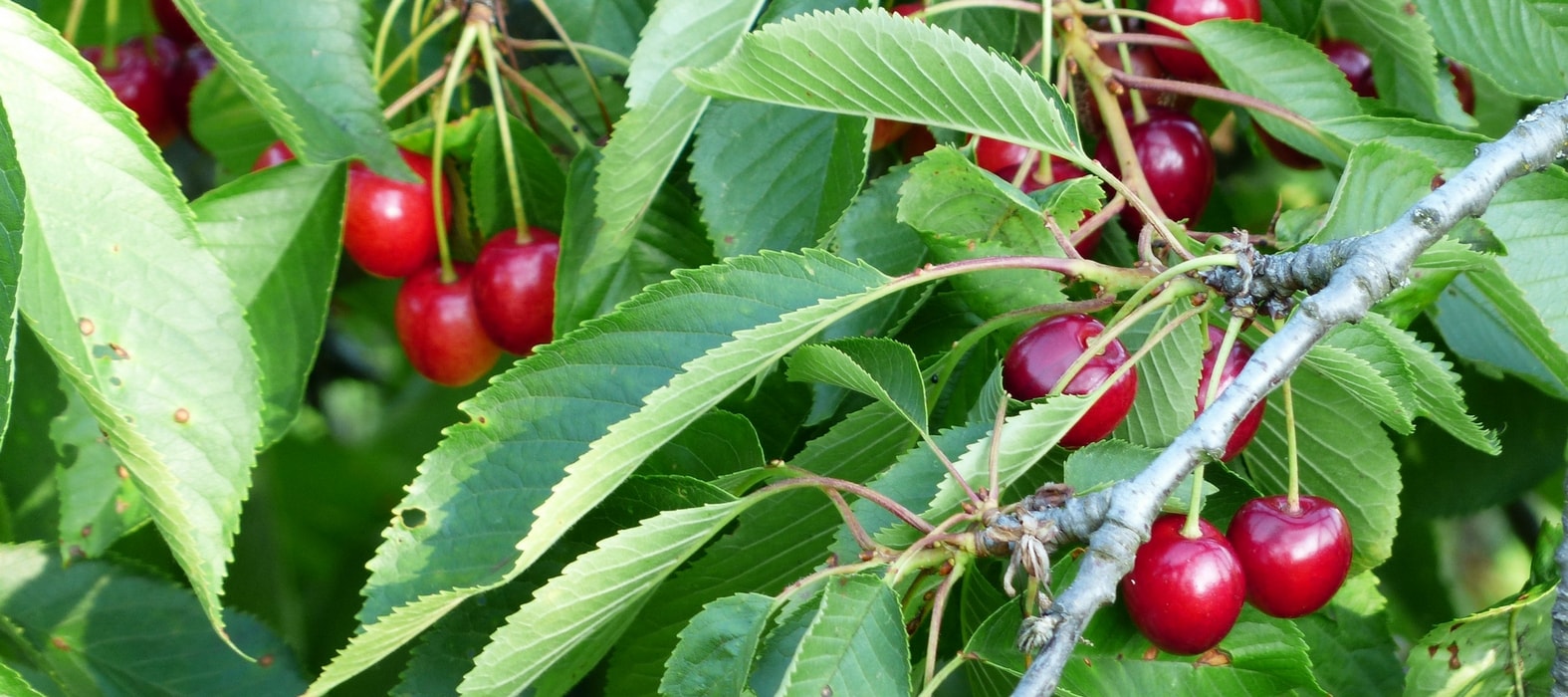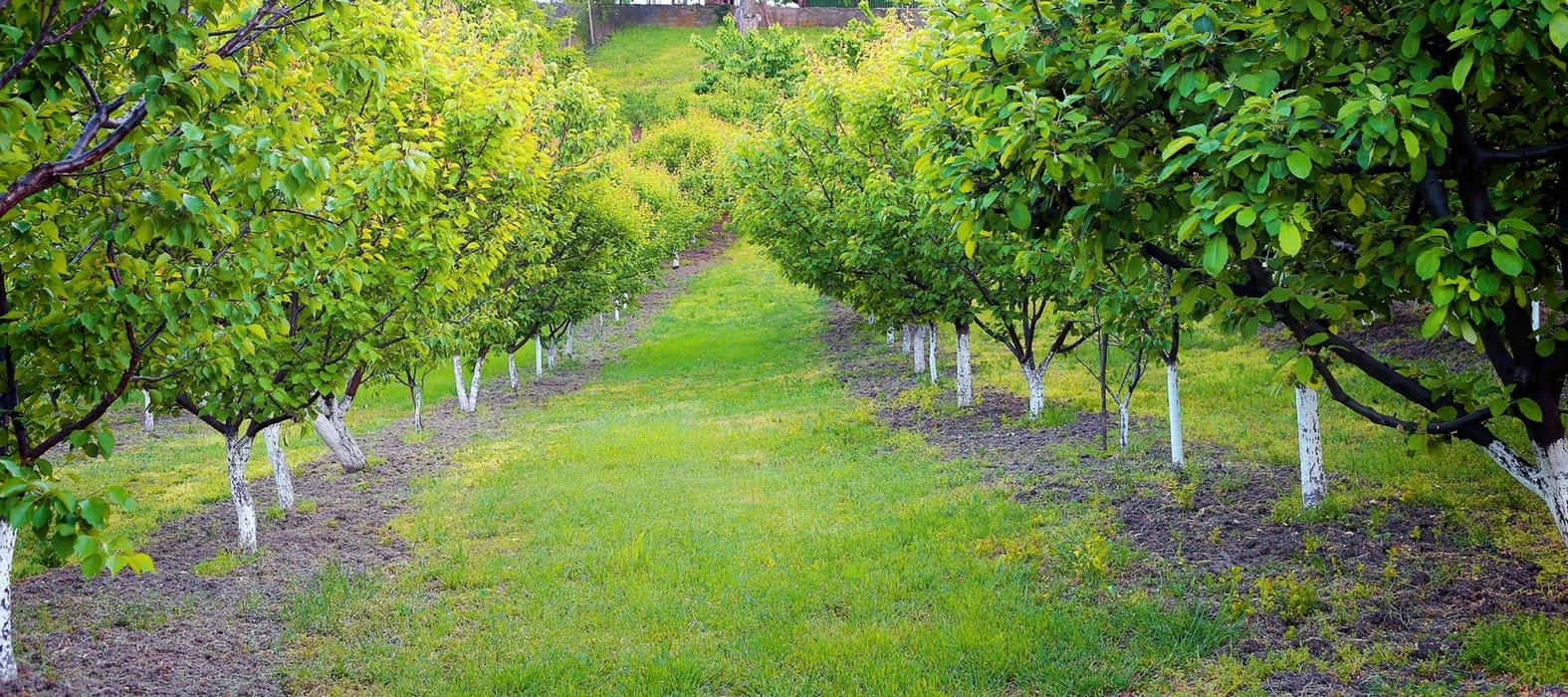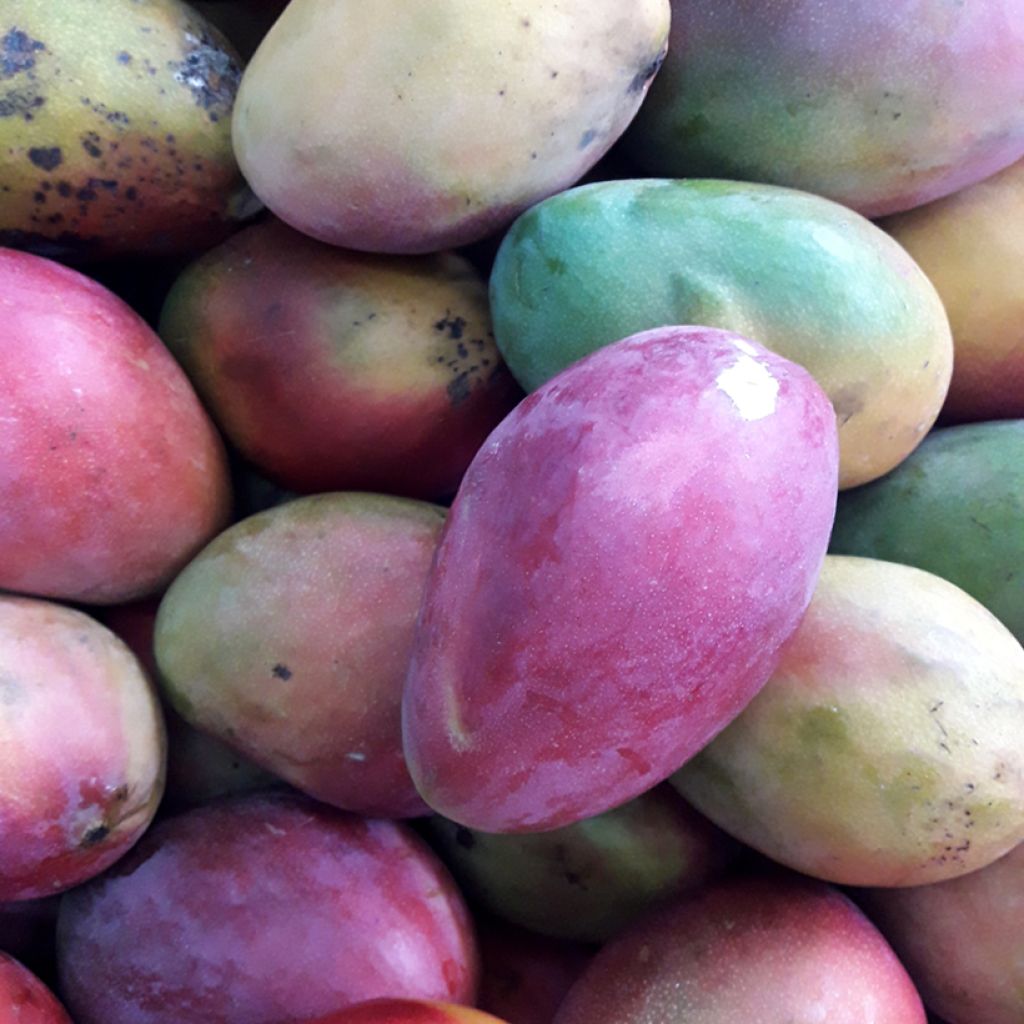

Mango tree Palmer - Mangifera indica
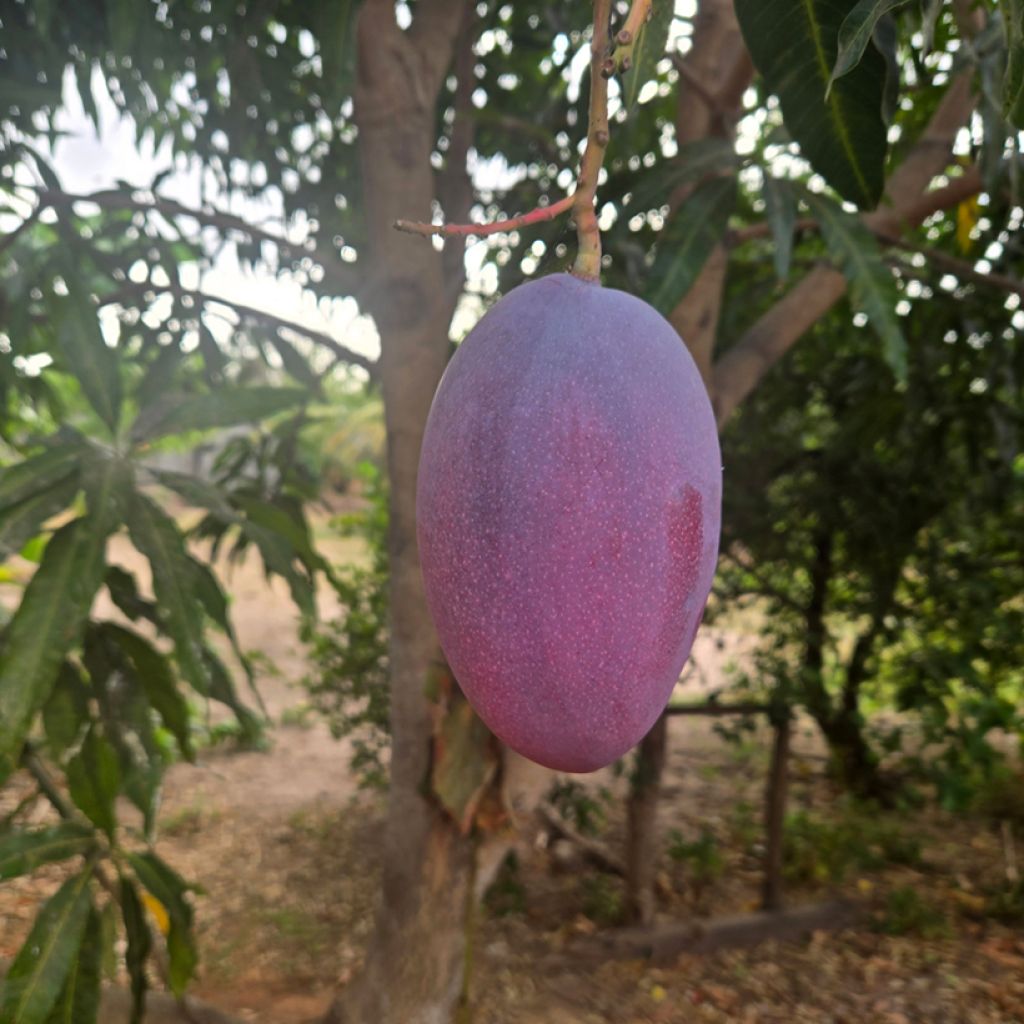

Mango tree Palmer - Mangifera indica
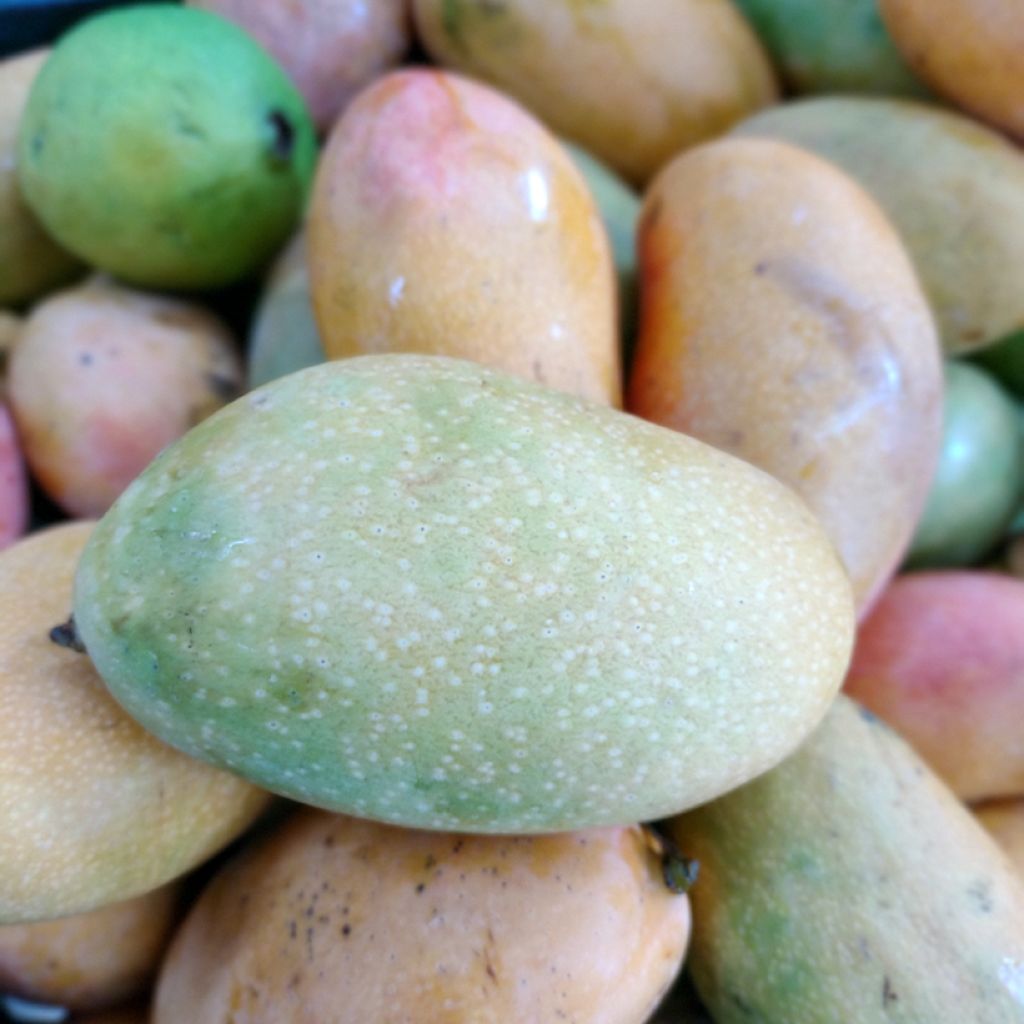

Mango tree Palmer - Mangifera indica
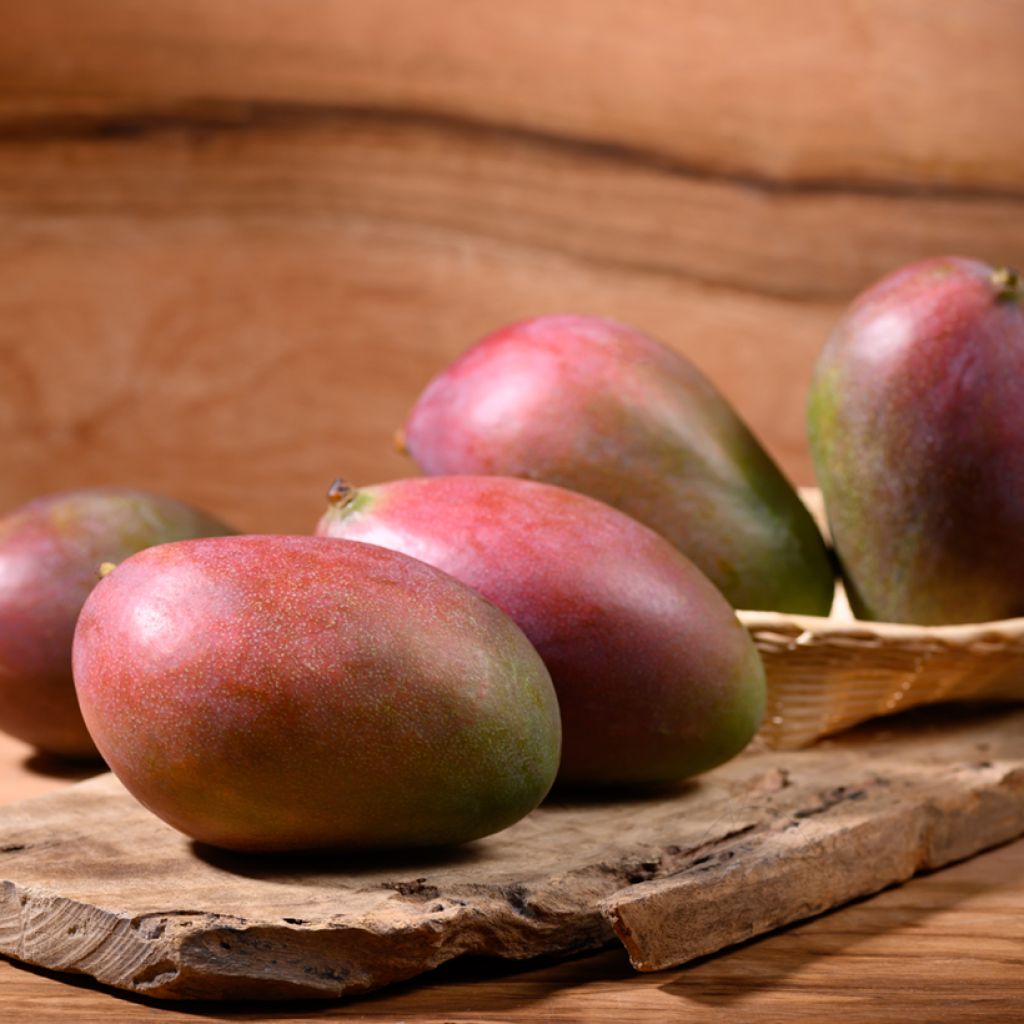

Mango tree Palmer - Mangifera indica
Mango tree Palmer - Mangifera indica
Mangifera indica Palmer
Mango
Special offer!
Receive a €20 voucher for any order over €90 (excluding delivery costs, credit notes, and plastic-free options)!
1- Add your favorite plants to your cart.
2- Once you have reached €90, confirm your order (you can even choose the delivery date!).
3- As soon as your order is shipped, you will receive an email containing your voucher code, valid for 3 months (90 days).
Your voucher is unique and can only be used once, for any order with a minimum value of €20, excluding delivery costs.
Can be combined with other current offers, non-divisible and non-refundable.
This plant carries a 6 months recovery warranty
More information
We guarantee the quality of our plants for a full growing cycle, and will replace at our expense any plant that fails to recover under normal climatic and planting conditions.
Description
Mangifera indica 'Palmer' is a variety of Mango Tree which is interesting for several reasons. It is one of the most cold-tolerant (down to -1°C, though everything is relative...) and it has low vigour, making it easier to grow in containers that can be overwintered frost-free. In subtropical climates, the plant produces beautifully coloured reddish-purple mangoes with slightly fibrous, sweet, and tender flesh. In our temperate climate, it will be appreciated mainly for its attractive evergreen foliage with an exotic appearance, as it will not bear fruit. It may possibly acclimatise outdoors in the mildest areas.
The Mango Tree belongs to the Anacardiaceae family. The genus comprises 69 species, of which only Mangifera indica is cultivated on a large scale in tropical, subtropical, and even warm Mediterranean regions, such as southern Andalusia in Spain (Costa Tropical). Native to Burma and India, where it has been cultivated for over 4,000 years, the Mango Tree is the most important fruit tree in the tropics after the banana tree. The tree typically reaches a height of 10 to 25 m, but can sometimes grow to over 30 m tall. It has a spreading habit due to the growth of numerous scaffold branches supported by a trunk that is often quite short. Its crown is rounded and relatively regular, forming a broad dome recognisable from afar by its dark green foliage. It bears evergreen, lanceolate, and elongated leaves, measuring from 10 cm up to 30 cm long and only 2 to 7 cm wide. Young leaves usually emerge in coppery-red tones, creating a lovely contrast against the mature dark foliage.
The Mango Tree produces an impressive number of flowers, grouped in terminal paniculate, yellowish-green inflorescences that measure 20 to 35 cm long. The abundance of flowers compensates for the extremely low fruit set rate, estimated at less than 1 in 1,000. Fruit set is the stage at which the fertilised flower begins to transform into fruit. In the Mango Tree, there are male-only flowers and hermaphroditic flowers, containing both female and male sexual parts. The plant is therefore capable of self-fertilisation, but depending on the region of the world where it grows, various animals or the wind may assist in fertilisation. The result is the large, well-known fruit, with sweet, vitamin-rich flesh, particularly high in vitamins C and A.
The 'Palmer' Mango Tree was selected in Florida. Slightly more cold-tolerant than others, though still frost-sensitive, it is also much less vigorous. It develops into a small tree a few metres tall and wide, with an irregular crown and slightly trailing branches. Its foliage is typical of Mango Trees, but its fruits have an original colour, red with a distinct purple hue. They weigh on average 350 to 600 grams, and their flesh is tender and sweet, with only a few fine fibres and a medium-sized stone. As the Mango Tree has a very taproot-dominated root system, it is generally poorly suited to container cultivation. While its foliage is truly interesting from an ornamental perspective, on the other hand, it is futile to expect it to flower and bear fruit unless you have a greenhouse in a southern region to plant it in. It is important to note that fruit production requires a very specific climate, warm and humid for vegetative growth, but also with a dry and cooler period of about three months to allow floral induction.
Grow the 'Palmer' Mango Tree for its looks, as its exotic appearance is undoubtedly ornamental, but remain realistic about the near-impossibility of enjoying its fruits. In a container, it will add a tropical touch to your garden or terrace when you bring it out during the warmer months. To accompany it, consider, for example, a Musella lasiocarpa, a type of dwarf banana tree nicknamed "Golden Lotus" due to its magnificent flowering that evokes the distant Tropics. The wide range of citrus trees available will help you complete your decor, as will Hibiscus or other plants in a similar vein.
Report an error about the product description
Mango tree Palmer - Mangifera indica in pictures
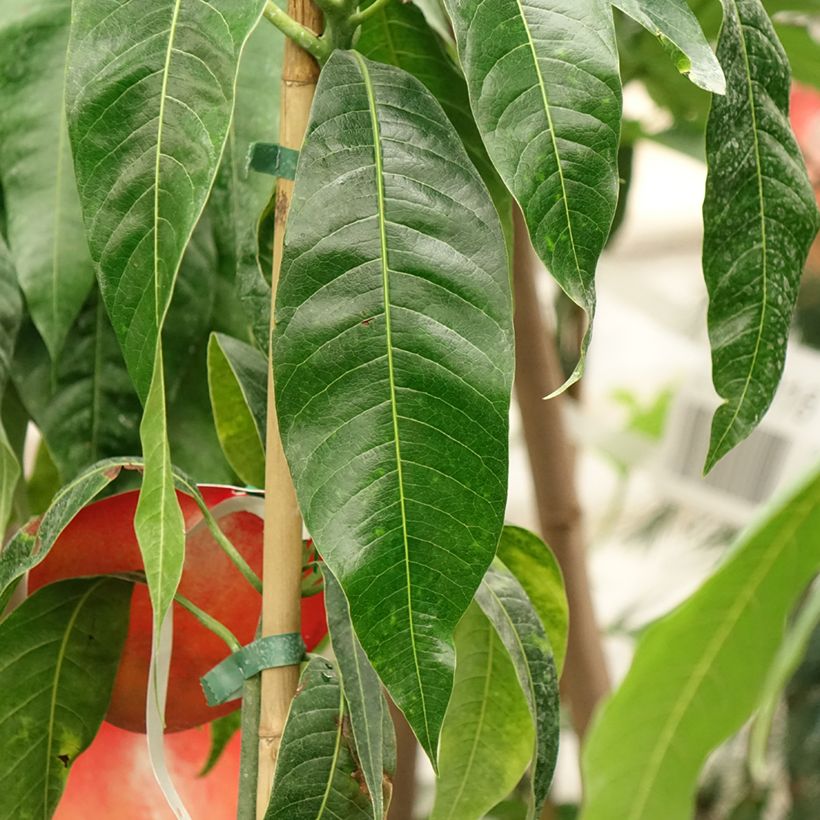



Plant habit
Fruit
Flowering
Foliage
Botanical data
Mangifera
indica
Palmer
Anacardiaceae
Mango
Mangifera mekongensis, Mangifera amba, Mangifera austroyunnanensis, Mangifera siamensis
Cultivar or hybrid
Other Mango Tree - Mangifera indica
View all →Planting and care
Plant Mangifera indica 'Palmer' in a large pot, ideally in a conservatory or temperate greenhouse, and even indoors. The Mango tree loves full light in a sandy, neutral to slightly acidic substrate, remaining moist while being well-drained. The optimal growing temperature for the mango tree is between 21°C and 26°C. Cold will damage it as soon as temperatures drop below 0°C or -1°C. In summer, the temperatures of our interiors suit it perfectly, and in winter, a very bright room at 15°C will satisfy it. In summer, you can move it to the garden once night temperatures exceed 8°C, under light shade to acclimatise it, in a well-sheltered and warm position. Plan for frequent watering in summer to keep the substrate slightly moist.
Plant it in a mixture of compost and sand. Add compost or well-rotted manure at the time of planting. Apply fertiliser from spring to autumn, every two weeks. Its limited growth should allow it to be grown sustainably in a container with more chances of success than vigorous varieties.
Planting it in the ground can be attempted in the mildest areas, as it is one of the most cold-tolerant varieties.
Planting period
Intended location
Care
Planting & care advice
This item has not been reviewed yet - be the first to leave a review about it.
Haven't found what you were looking for?
Hardiness is the lowest winter temperature a plant can endure without suffering serious damage or even dying. However, hardiness is affected by location (a sheltered area, such as a patio), protection (winter cover) and soil type (hardiness is improved by well-drained soil).

Photo Sharing Terms & Conditions
In order to encourage gardeners to interact and share their experiences, Promesse de fleurs offers various media enabling content to be uploaded onto its Site - in particular via the ‘Photo sharing’ module.
The User agrees to refrain from:
- Posting any content that is illegal, prejudicial, insulting, racist, inciteful to hatred, revisionist, contrary to public decency, that infringes on privacy or on the privacy rights of third parties, in particular the publicity rights of persons and goods, intellectual property rights, or the right to privacy.
- Submitting content on behalf of a third party;
- Impersonate the identity of a third party and/or publish any personal information about a third party;
In general, the User undertakes to refrain from any unethical behaviour.
All Content (in particular text, comments, files, images, photos, videos, creative works, etc.), which may be subject to property or intellectual property rights, image or other private rights, shall remain the property of the User, subject to the limited rights granted by the terms of the licence granted by Promesse de fleurs as stated below. Users are at liberty to publish or not to publish such Content on the Site, notably via the ‘Photo Sharing’ facility, and accept that this Content shall be made public and freely accessible, notably on the Internet.
Users further acknowledge, undertake to have ,and guarantee that they hold all necessary rights and permissions to publish such material on the Site, in particular with regard to the legislation in force pertaining to any privacy, property, intellectual property, image, or contractual rights, or rights of any other nature. By publishing such Content on the Site, Users acknowledge accepting full liability as publishers of the Content within the meaning of the law, and grant Promesse de fleurs, free of charge, an inclusive, worldwide licence for the said Content for the entire duration of its publication, including all reproduction, representation, up/downloading, displaying, performing, transmission, and storage rights.
Users also grant permission for their name to be linked to the Content and accept that this link may not always be made available.
By engaging in posting material, Users consent to their Content becoming automatically accessible on the Internet, in particular on other sites and/or blogs and/or web pages of the Promesse de fleurs site, including in particular social pages and the Promesse de fleurs catalogue.
Users may secure the removal of entrusted content free of charge by issuing a simple request via our contact form.
The flowering period indicated on our website applies to countries and regions located in USDA zone 8 (France, the United Kingdom, Ireland, the Netherlands, etc.)
It will vary according to where you live:
- In zones 9 to 10 (Italy, Spain, Greece, etc.), flowering will occur about 2 to 4 weeks earlier.
- In zones 6 to 7 (Germany, Poland, Slovenia, and lower mountainous regions), flowering will be delayed by 2 to 3 weeks.
- In zone 5 (Central Europe, Scandinavia), blooming will be delayed by 3 to 5 weeks.
In temperate climates, pruning of spring-flowering shrubs (forsythia, spireas, etc.) should be done just after flowering.
Pruning of summer-flowering shrubs (Indian Lilac, Perovskia, etc.) can be done in winter or spring.
In cold regions as well as with frost-sensitive plants, avoid pruning too early when severe frosts may still occur.
The planting period indicated on our website applies to countries and regions located in USDA zone 8 (France, United Kingdom, Ireland, Netherlands).
It will vary according to where you live:
- In Mediterranean zones (Marseille, Madrid, Milan, etc.), autumn and winter are the best planting periods.
- In continental zones (Strasbourg, Munich, Vienna, etc.), delay planting by 2 to 3 weeks in spring and bring it forward by 2 to 4 weeks in autumn.
- In mountainous regions (the Alps, Pyrenees, Carpathians, etc.), it is best to plant in late spring (May-June) or late summer (August-September).
The harvesting period indicated on our website applies to countries and regions in USDA zone 8 (France, England, Ireland, the Netherlands).
In colder areas (Scandinavia, Poland, Austria...) fruit and vegetable harvests are likely to be delayed by 3-4 weeks.
In warmer areas (Italy, Spain, Greece, etc.), harvesting will probably take place earlier, depending on weather conditions.
The sowing periods indicated on our website apply to countries and regions within USDA Zone 8 (France, UK, Ireland, Netherlands).
In colder areas (Scandinavia, Poland, Austria...), delay any outdoor sowing by 3-4 weeks, or sow under glass.
In warmer climes (Italy, Spain, Greece, etc.), bring outdoor sowing forward by a few weeks.






























